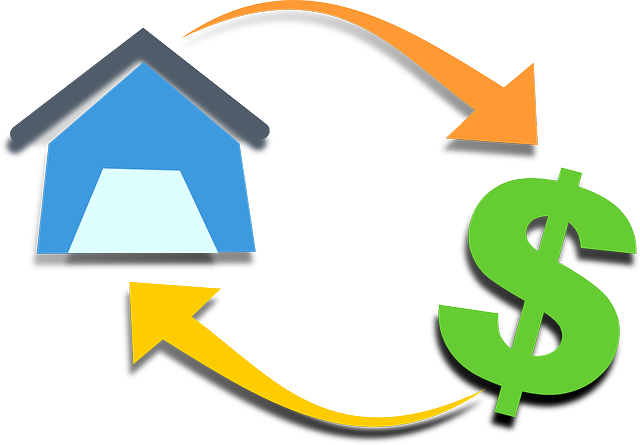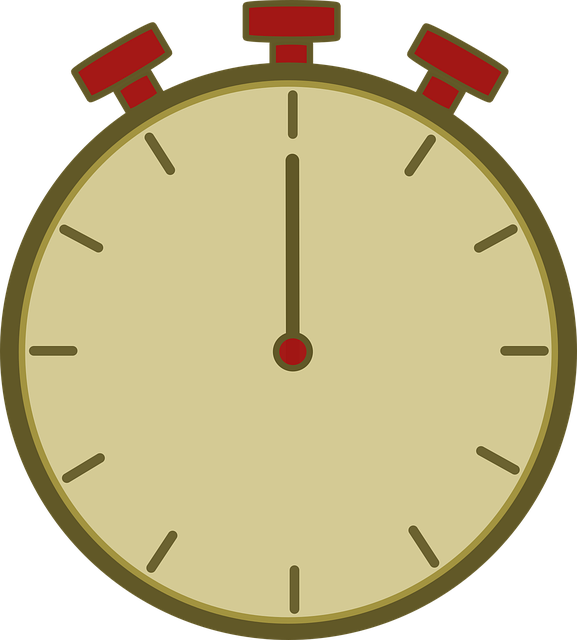Understanding equipment loan options is crucial for businesses aiming to secure funding. Key considerations include varying interest rates and loan terms, which impact long-term expenses and monthly payments. Informed decisions involve evaluating these factors against cash flow and growth prospects, leveraging creditworthiness, collateral, or government-backed options for favorable interest rates. Future planning requires assessing requirements driven by growth, market trends, and technology, with a strategic focus on interest rate management to minimize borrowing costs. Prioritizing fixed-rate loans and proactive refinancing can enhance financial stability and long-term savings. Effective equipment loan management involves orchestrating a seamless process from assessment to tracking, ensuring informed borrowing decisions balance rates with budget constraints for optimal financial strategies.
Planning for future equipment needs is crucial for any business looking to stay competitive. Effective equipment loan planning goes beyond immediate acquisition, focusing on long-term savings and flexibility. This article explores strategic approaches to navigate equipment loans, from understanding diverse options and their impact to assessing future needs comprehensively. It delves into optimizing interest rates, offering valuable insights for significant savings over time. Additionally, it provides key steps for efficient loan management, ensuring your business is prepared for upcoming equipment requirements.
- Understanding Equipment Loan Options and Their Impact on Your Business
- Assessing Future Needs: A Comprehensive Planning Approach
- Strategies to Optimize Interest Rates for Long-Term Savings
- Effective Equipment Loan Management: Key Steps to Ensure Future Preparedness
Understanding Equipment Loan Options and Their Impact on Your Business

Understanding the various equipment loan options available is crucial for any business looking to secure funding for future needs. Different loan types offer distinct advantages and can significantly impact your financial strategy. One key consideration is the interest rate, which varies across lenders and loan programs. Lower interest rates mean less expense over time, allowing businesses to stretch their budgets further. Additionally, loan terms play a pivotal role; shorter-term loans may have higher monthly payments but could save on overall interest, while longer-term options provide lower monthly burdens but accumulate more interest.
Choosing the right equipment loan involves weighing these factors against your business’s cash flow and growth prospects. Securing favorable interest rates can be achieved through maintaining a strong credit history, offering collateral, or exploring government-backed loans designed to support small businesses. By understanding these dynamics, you can make informed decisions that align with your strategic goals, ensuring your business stays competitive in the market.
Assessing Future Needs: A Comprehensive Planning Approach

When planning for future equipment loan needs, assessing future requirements is a crucial step that forms the basis of comprehensive financial planning. This process involves forecasting and analyzing the company’s growth trajectory, market trends, and emerging technologies to predict equipment acquisition demands. By estimating these future needs, organizations can make informed decisions regarding their funding strategies, ensuring they have sufficient capital available when required.
A key aspect of this assessment is considering interest rates, which play a significant role in loan affordability. Analyzing historical data and market dynamics helps in gauging potential interest rate fluctuations and their impact on equipment financing. This proactive approach enables businesses to lock in favorable interest rates, securing more cost-effective loan terms for future investments.
Strategies to Optimize Interest Rates for Long-Term Savings

To optimize interest rates for long-term equipment loan planning, borrowers should consider fixed-rate loans whenever possible. Unlike variable rates that fluctuate with market conditions, fixed rates provide stability and predictability, allowing businesses to budget effectively over the life of the loan. By locking in a lower interest rate upfront, companies can save significantly on overall borrowing costs, especially if rates rise during the loan term.
Additionally, strategic refinancing can further enhance long-term savings. As market conditions change, evaluate the opportunity to refinance existing loans at lower interest rates. Refinancing allows businesses to take advantage of improved economic scenarios and shift to more favorable terms. Proactive management of interest rates through fixed-rate loans and strategic refinancing ensures that future equipment acquisition costs remain within budget, facilitating better financial planning and long-term savings.
Effective Equipment Loan Management: Key Steps to Ensure Future Preparedness

Effective equipment loan management is a strategic process that goes beyond securing funding. It’s about orchestrating a seamless flow to ensure your organization is prepared for future equipment needs. The first step involves assessing current and projected requirements, factoring in potential market fluctuations and technological advancements. This foresight allows for informed borrowing decisions, aiming to balance interest rates with budget constraints while securing necessary resources.
Next, implement a robust tracking system for loans and their associated assets. This includes meticulous record-keeping of repayment schedules, interest rate adjustments, and equipment maintenance records. Such a system enables proactive management, helping to avoid costly defaults or obsolescence. By prioritizing efficient loan management, organizations can mitigate risks, optimize financial strategies, and remain agile in meeting evolving equipment acquisition demands.
